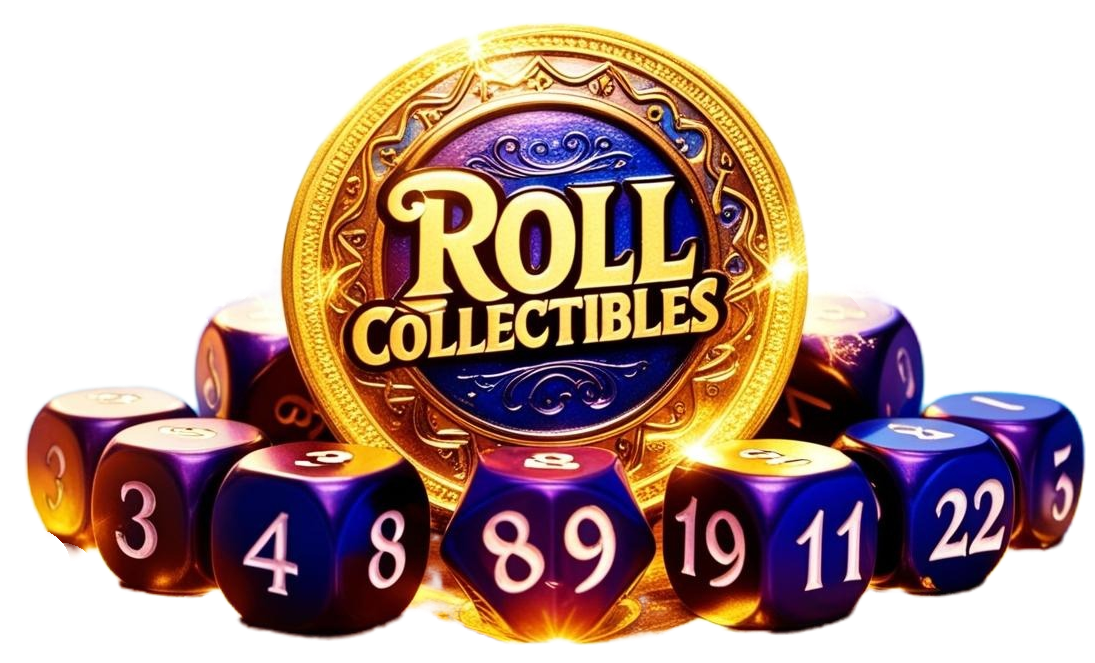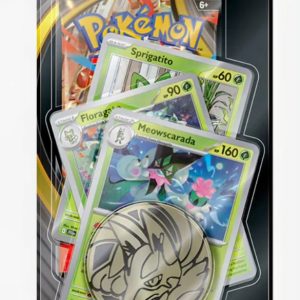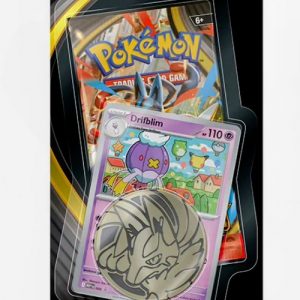With the increasing popularity of Pokémon cards, particularly in the Chinese market, it’s crucial for collectors to be able to distinguish between authentic and counterfeit cards. This guide will help you identify real Chinese Pokémon cards and spot fakes.
It’s important to note that there are two main types of Chinese Pokémon cards: Simplified Chinese (大陆版 – Dàlù bǎn, for mainland China) and Traditional Chinese (港台版 – Gǎng tái bǎn, for Hong Kong and Taiwan). Both are officially licensed, but they have some key differences, including anti-counterfeit measures. Simplified Chinese cards are generally produced in the same factories as Japanese cards, leading to very high quality.
General Signs of a Real Pokémon Card (Applies to all languages, including Chinese)
Chinese Pokémon Card Specifics
.Traditional Chinese (Hong Kong/Taiwan) Cards:
* Production Quality: Also good quality, and generally printed in Japan.
* No Anti-Counterfeit Stamp: Unlike Simplified Chinese cards, Traditional Chinese cards do not typically have the embossed Pokémon logo stamp in the bottom left corner. This is a common point of confusion.
* Language: The characters used are Traditional Chinese.
How to Distinguish Simplified vs. Traditional (If you don’t read Chinese):
While difficult without knowing the languages, some subtle differences exist, such as the number of characters in certain text elements (e.g., “Resistance” might be 2 characters in Simplified and 3 in Traditional). However, the anti-counterfeit stamp on high-rarity Simplified Chinese cards is the most reliable visual indicator if you can’t read the text.
Practical Steps to Authenticate Chinese Pokémon Cards:
* Compare with a Known Authentic Card: The best way to identify a fake is to compare the questionable card side-by-side with a card you know is genuine from the same set and language. Pay attention to:
* Feel and thickness of the cardstock.
* Color saturation and print clarity.
* Font, text size, and kerning.
* Holographic patterns (if applicable).
* The back of the card (color, logo, Poké Ball design).
* The specific anti-counterfeit features for Simplified Chinese cards.
* Research the Specific Card Online:
* Use reputable Pokémon TCG databases (like Bulbapedia, the official Pokémon Trading Card Database, or pkmncards.com) to find images of the authentic card you are examining.
* Compare every detail: artwork, text, HP, attacks, set symbol, rarity symbol, regulation letter, and card number. Look for any inconsistencies.
* Be Wary of “Too Good to Be True” Deals: If a deal seems incredibly cheap for a rare card, it’s a major red flag.
* Inspect Packaging (if applicable): If you’re buying sealed products, examine the packaging for:
* Trademarks and proper licensing information.
* High-quality cardboard and printing.
* Correct set names and graphics.
* Avoid anything that says generic terms like “pre-release trading cards” or looks cheaply made.
* Use a Magnifying Glass: For a closer inspection, a magnifying glass can reveal printing patterns, pixelation, or blurry text that might not be visible to the naked eye.
By diligently checking these points, you significantly increase your chances of identifying real Chinese Pokémon cards and avoiding fakes.
keeping the good times rolling





